The TREES Lab at the University of Wisconsin-Platteville needs your help finding old eastern redcedar trees to sample for the Driftless Cedars Project studying droughts in the Driftless Area. Dr. Evan Larson, professor of environmental sciences and society, and Dr. James Riser, TREES Lab research scientist, with the help of students, are sampling both living and dead redcedar trees and looking at their tree ring patterns, with smaller rings being indicative of drought conditions. They hope to reconstruct the region’s drought history dating back 1,000 years by overlapping the pattern of rings from living trees and dead trees and stumps. This research is funded by the National Science Foundation, bringing cutting research to UW-Platteville benefiting residents of the Driftless Area and farmers across the Great Plains.
How you can help
The UW-Platteville TREES Lab needs your help in locating trees to sample throughout the Driftless Area.
Ancient trees are found growing right on the edges of cliffs, even small cliffs and rock outcrops, where they have been protected from the prairie fires that burned across the region. Living trees can be non-destructively sampled by removing a small core from them. Old dead trees and stumps are also wanted!
If you have redcedars, similar to those shown below, that we can sample, please let us know by filling out the contact form and submitting photographs of your own.
Wanted
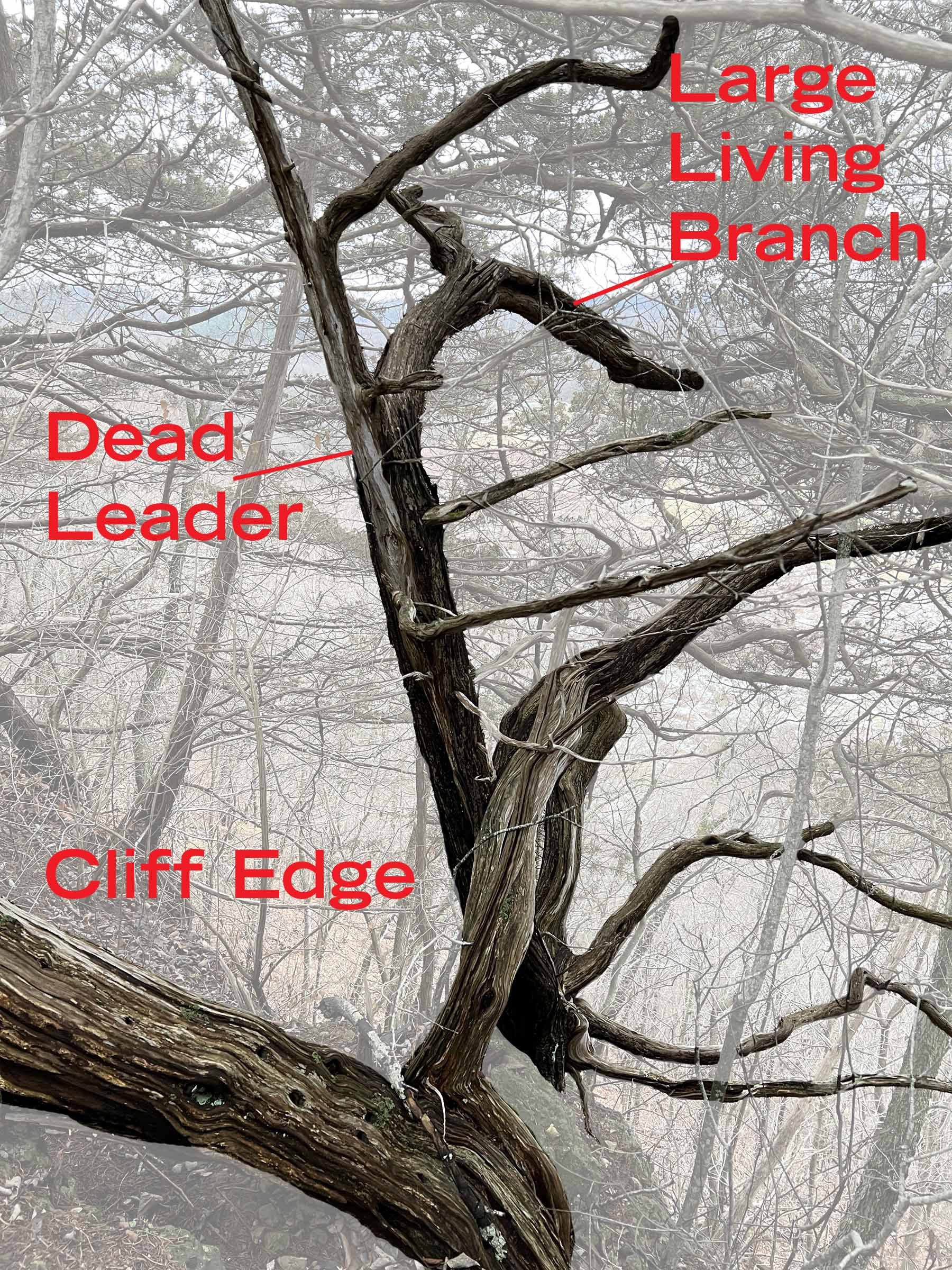
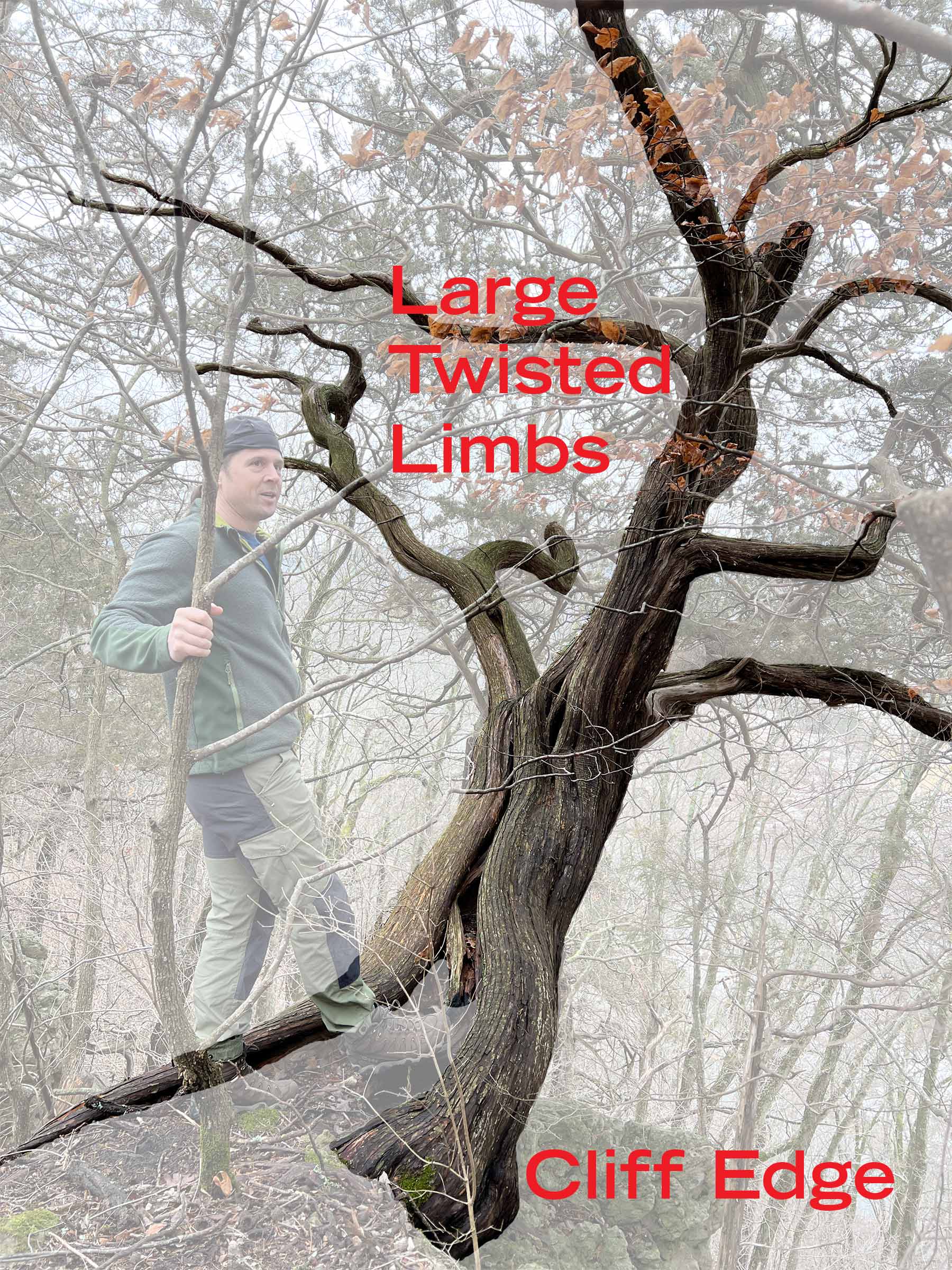
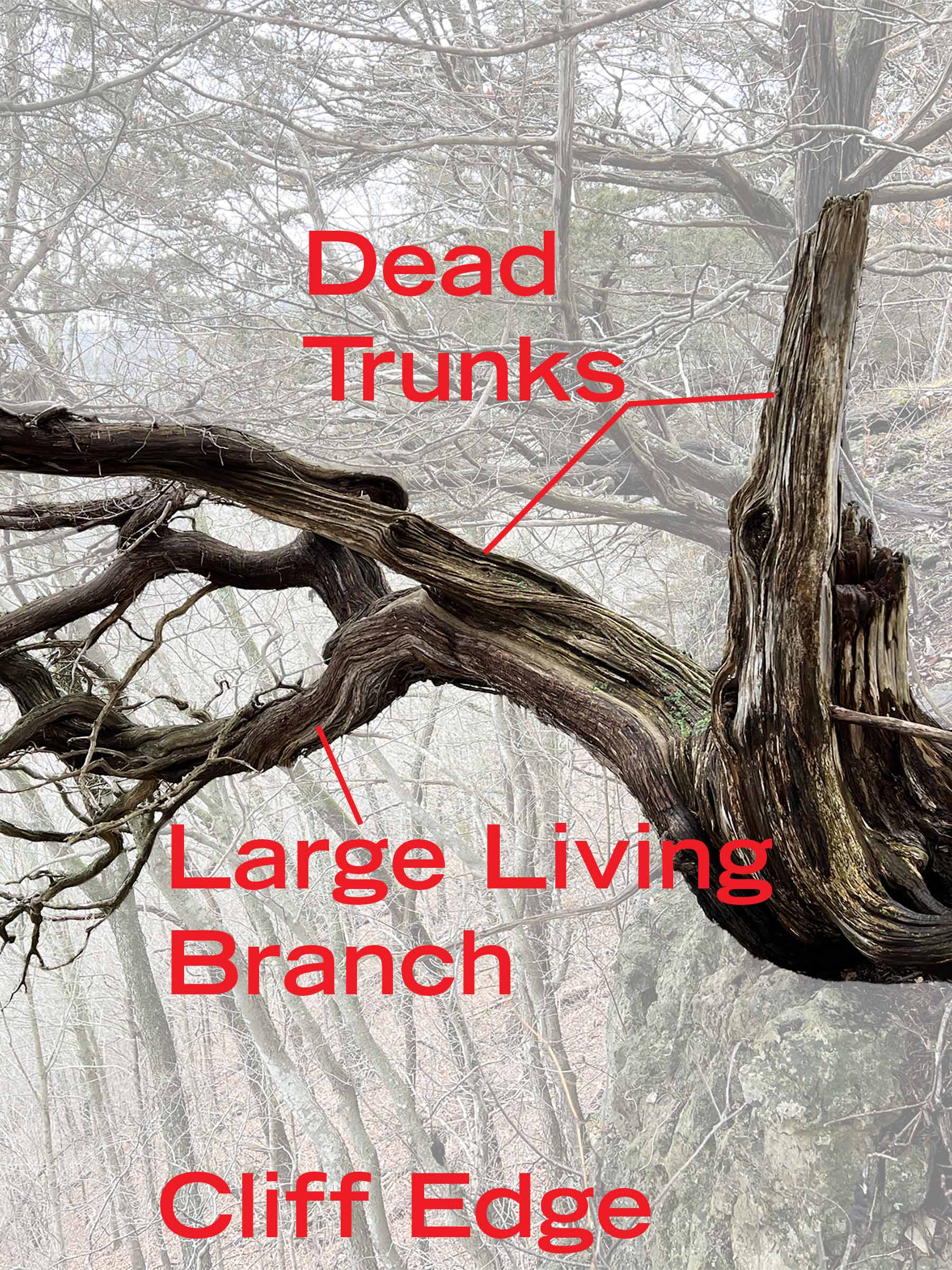
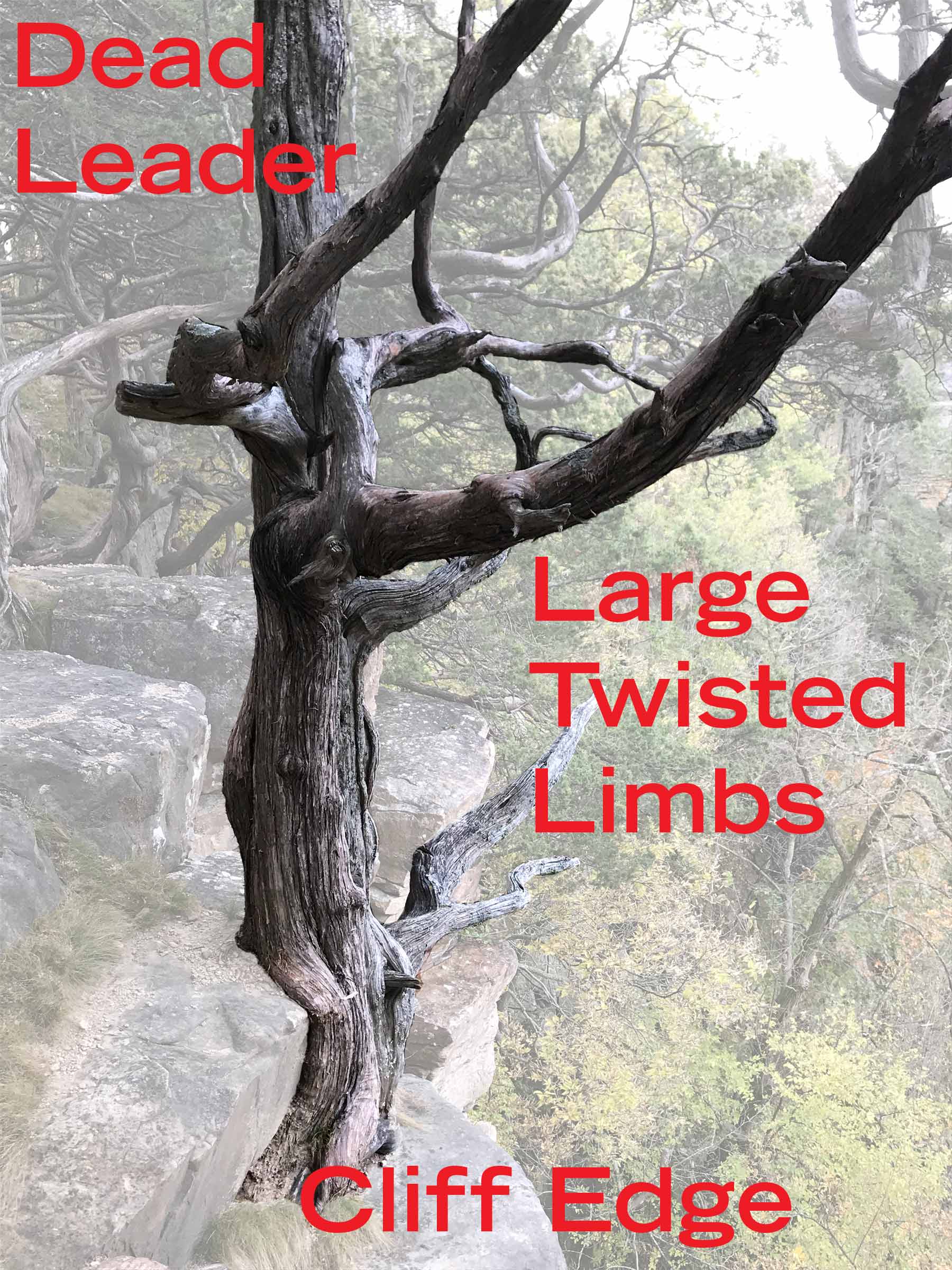
Also Wanted
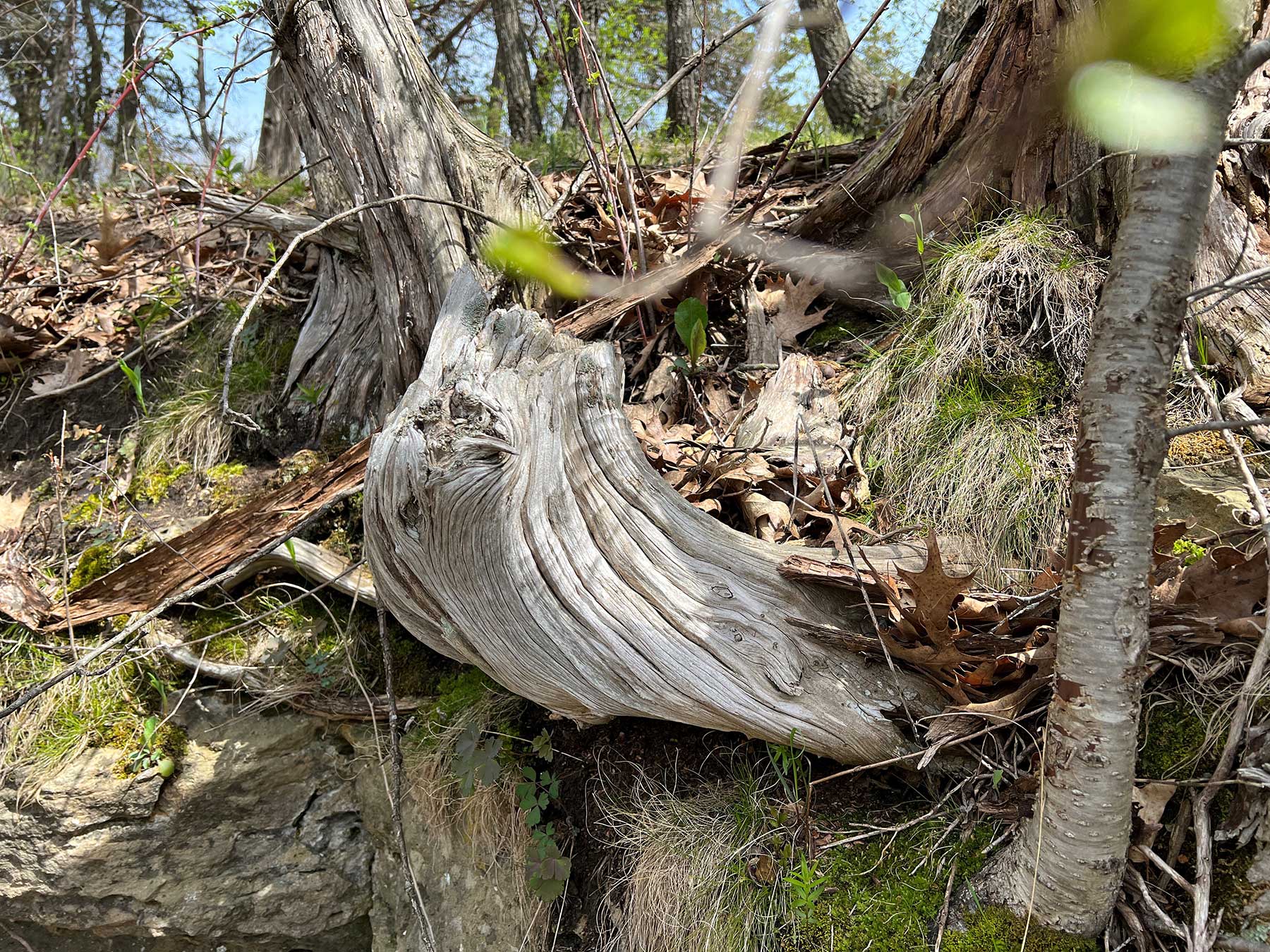
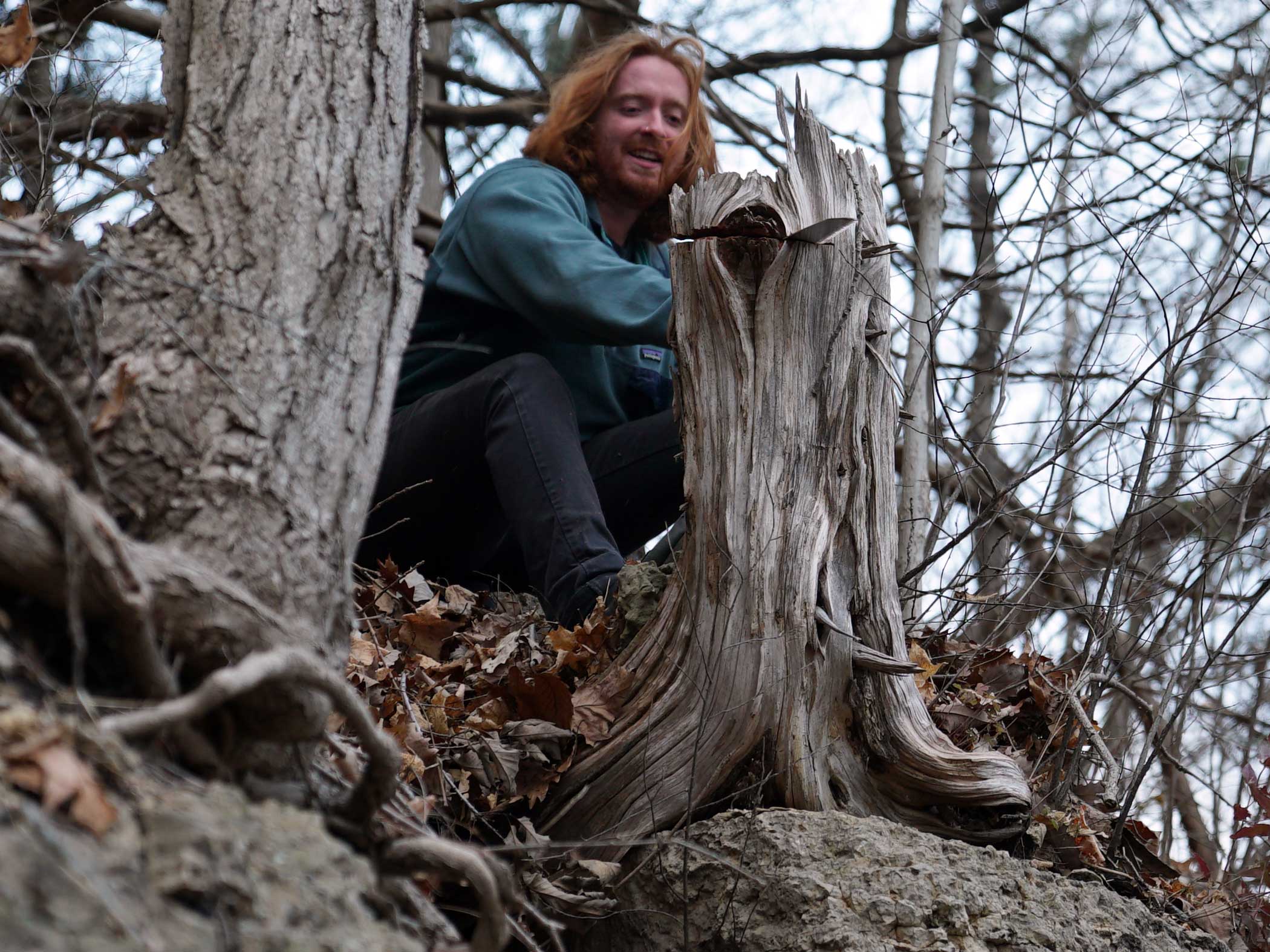
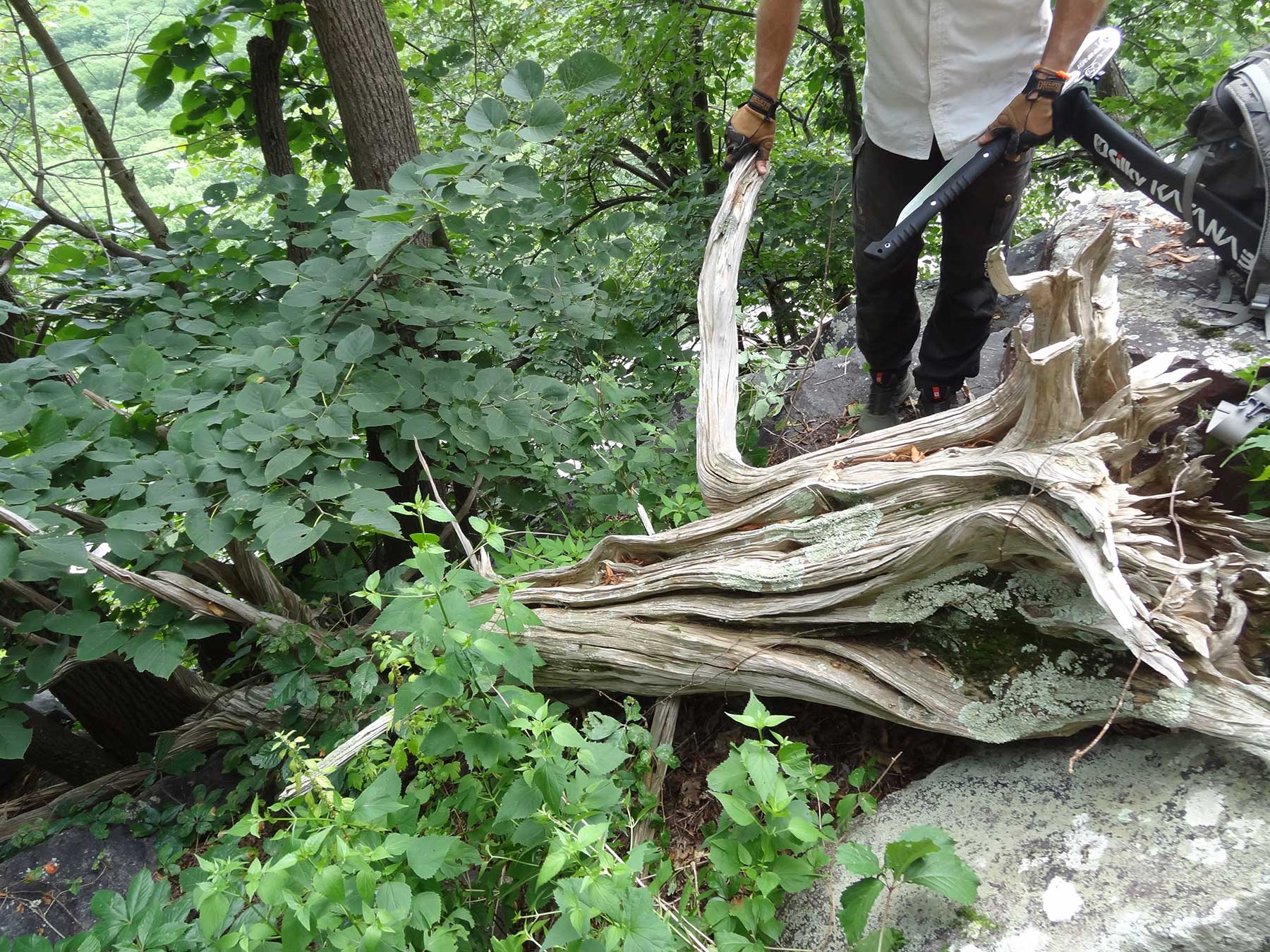

The Process
When the researchers find living trees, they core them – a process that allows them to gather a pencil-sized sample of wood, without harming the tree. When they find dead trees, they cut out a section of the tree.

